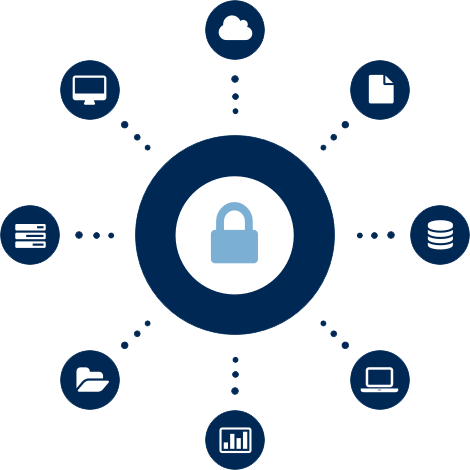Protect against emerging threats through security feeds capturing up-to-the-minute awareness of current events on your network.

Simply Defined:
- Automation – Security automation is the automatic handling of a task in a machine-based security application that would otherwise be done manually by a cybersecurity professional.
- Orchestration – Security orchestration is the connecting and integrating of various security applications and processes together.
Security Automation and Orchestration – Security automation and orchestration is a coordination of automated security tasks across connected security applications and processes.
If you automate common investigation and response actions and if you use a centralized workflow for performing incident response, you will minimize response times and make your organization more secure.
Incident Response (IR) is moving from reactive to proactive. In the past, the discovery of a severe incident led to actions like capturing network packets (PCAP) and deploying endpoint forensic tools to look for suspicious artifacts, files, and in-memory processes.
Initial objectives tend to be around orchestration first. Security professionals realize that some type of IR process like gathering and enriching security data, investigating phishing emails, or looking for IoC activities on hosts and networks require a multitude of manual steps that take hours or days to complete.
Security orchestration at its simplest is the connection and integration of disparate cybersecurity technologies and processes. Today’s security operations centers typically have dozens of security tools to detect, investigate and remediate threats. More often than not, these tools don’t talk to one another, requiring security teams to navigate multiple screens and learn a variety of systems to do their jobs effectively. Security orchestration remedies these challenges by bringing together these various tools so they work in concert with one another and streamlining processes that surround the technologies.
Security automation is starting to go beyond prevention and detection technologies, reaching into other important components of IT infrastructure to more reliably protect organizations.
Prioritize the automation of your IT security infrastructure and recognize that multiple elements can be automated to help keep your business safe. Automating policy execution, alert monitoring and prioritization, and incident response planning can drastically increase company productivity and reduce costs. And by fully automating the investigation, action and remediation of threats, companies can simulate the experience and logic of experienced cyber analysts at scale, thereby guaranteeing stronger security and compliance overall.




